PRESENTATION: Sonia Delaunay and the Atelier Simultané
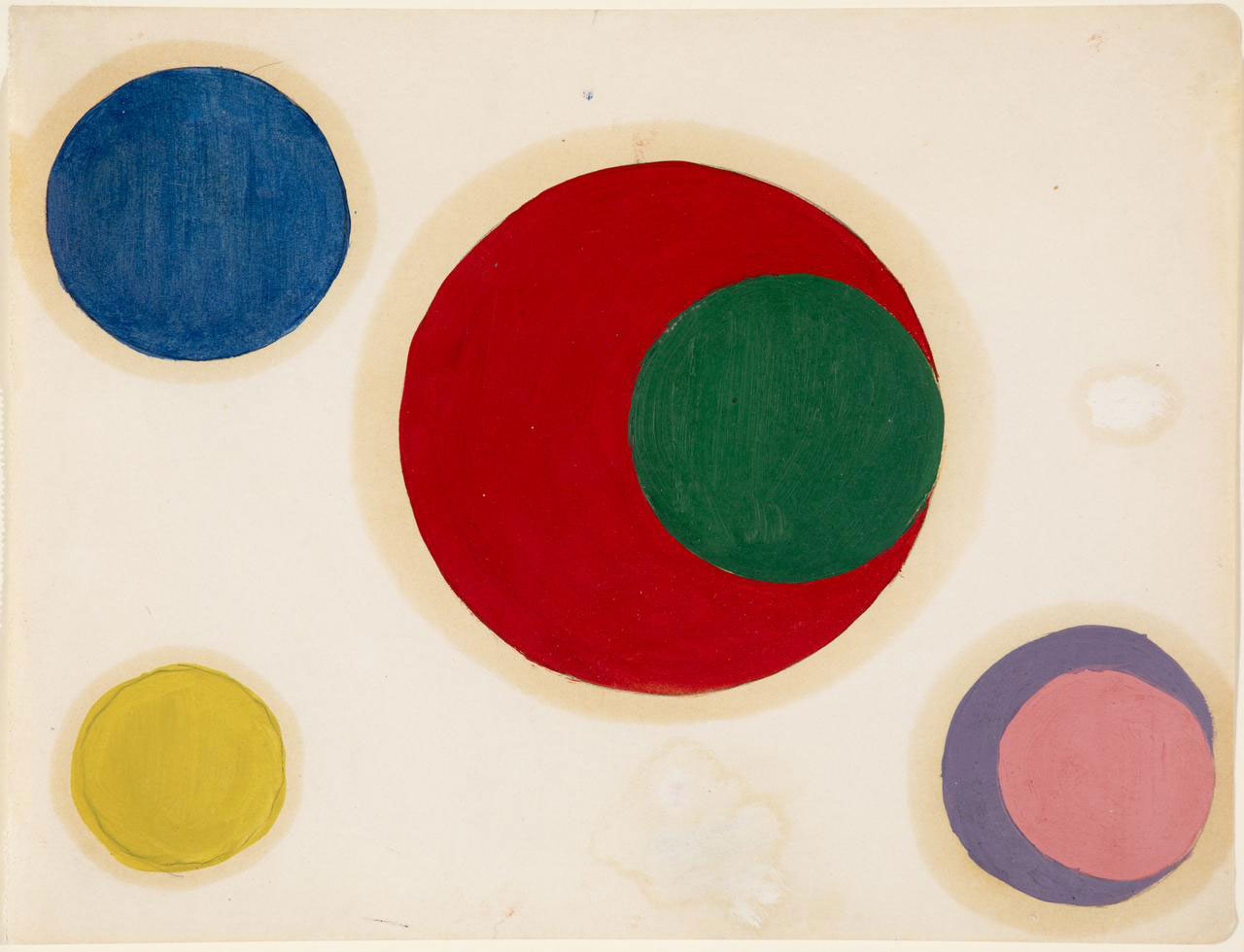 Sonia Delaunay’s career spanned the European continent, allowing her to reap the riches of the exciting advances by many avant-garde art groups. Born and raised in Russia, she was educated in Germany and then France, making Paris her home just as modern art was finding a new way to find meaningful subject matter not dependent on realistic depictions of the world. Sonia was one of the primary propagators of Orphism*. Delaunay extended the visual exploration of this theory to a range of fields beyond painting, developing an entire career in textile design.
Sonia Delaunay’s career spanned the European continent, allowing her to reap the riches of the exciting advances by many avant-garde art groups. Born and raised in Russia, she was educated in Germany and then France, making Paris her home just as modern art was finding a new way to find meaningful subject matter not dependent on realistic depictions of the world. Sonia was one of the primary propagators of Orphism*. Delaunay extended the visual exploration of this theory to a range of fields beyond painting, developing an entire career in textile design.
By Efi Michalarou
Photo: Kunstmuseen Krefeld Archive
In 1923 the visionary painter and designer Sonia Delaunay received her first commission from a textile manufacturer in Lyon, which changed her artistic career. From that point on, she designed patterned fabrics for fashion and interior design on a grand scale, which helped her to achieve international success-the Atelier Simultane was born. Since the beginning of the twentieth century, Sonia Delaunay and her husband Robert had been among the pioneers of abstract painting and made a name for themselves through the trademark-like use of the term Simultane, which referred to their characteristic style in painting with so-called simultaneous color contrasts. Sonia Delaunay succeeded in transferring the achievements of this pure color painting and abstraction to the surfaces of modern life, with fabrics playing a key role. In 2019, the collection of the Kunstmuseen Krefeld received a spectacular addition: A sizable group of almost 1 00 textile design drawings by the artist was acquired on the initiative of Katia Baudin, Director of the Kunstmuseen Krefeld. These works demonstrate the fusion of art and everyday life, of painting and applied art. The Delaunay drawings from the period of 1920 to 1950 in the collection of the Kunstmuseen Krefeld, which form the heart of the exhibition, reveal the outstandingly broad range of Sonia Delaunay’s inventiveness, her experimental sense of color, and her open approach to cross-media design. “Sup porting the first exhibition in the German-speaking world dedicated to Sonia Delaunay and her enormous inventiveness in the field of applied art is a gratifying endeavor. The exhibition “Maison Sonia. Sonia Delaunay and the Atelier Simultané” reflects the successful commitment to communicating high-caliber art and making it accessible to a broad public. The exhibition explores Sonia Delaunay’s rich oeuvre of applied art, with particular attention to the origins and significance of the concept of Simultane, her workshop, her talents as a networker and businesswoman, her industrial collaborations, and her sheer endless media diversity from the 1910s to the 1970s. The artist’s long life was accompanied by a profound interest in the role of art in everyday life. Exhibits from the fields of fashion, textiles, furniture, advertising, and book art, as well as film and photography. A special focus lies, of course, on the museum’s own holdings: In the period 2020- 2022, the drawings and their provenance were researched by Waleria Dorogova as part of the Curatorial Fellowship of the NRW Art Museums. The results of this work form the basis of the exhibition and accompanying publication. The works were originally part of a collection acquired directly from Sonia Delaunay in the 1940s by the textile entrepreneur Robert Perrier who was active in Paris and Lyon. In the 1930s, he had his apartment in Montmartre, a melting pot of the avant-garde and music scene, furnished with fabrics by Sonia Delaunay. The exhibition will also present, for the first time in public, important works from the Perrier family archive.
* Orphism, also called Simultaneism, in the visual arts, a trend in abstract art spearheaded by Robert Delaunay that derived from Cubism and gave priority to light and colour. The movement’s name was coined in 1912 by the French poet Guillaume Apollinaire. Apollinaire regarded the colorful Cubist-inspired paintings of Delaunay as initiating a new style that brought musical qualities to painting. He named this style Orphism in reference to Orpheus, the legendary poet and singer of ancient Greek mythology, who was a popular symbol of the ideal, mystically inspired artist. Orphism inspired artists such as Paul Klee to explore the effect of non-objective colored shapes. Later, proponents of the Op art movement, such as Bridget Riley, used color and shape to create optically-charged movement and vibration in their works that have connections to Delaunay’s explorations.
Photo: Sonia Delaunay, color study, undated, ©Kunstmuseen Krefeld, © Pracusa S.A.
Info: Curator: Waleria Dorogova, Assistant Curator: Katia Baudin, Museums Haus Lange and Haus Esters, Wilhelmshofallee 91-97, Krefeld, Germany, Duration: 23/10/202-26/2/2023, Days & Hours: Tue-Thu & Sun 11:00-17:00, Fri-Sat 11:00-18:00, https://kunstmuseenkrefeld.de/
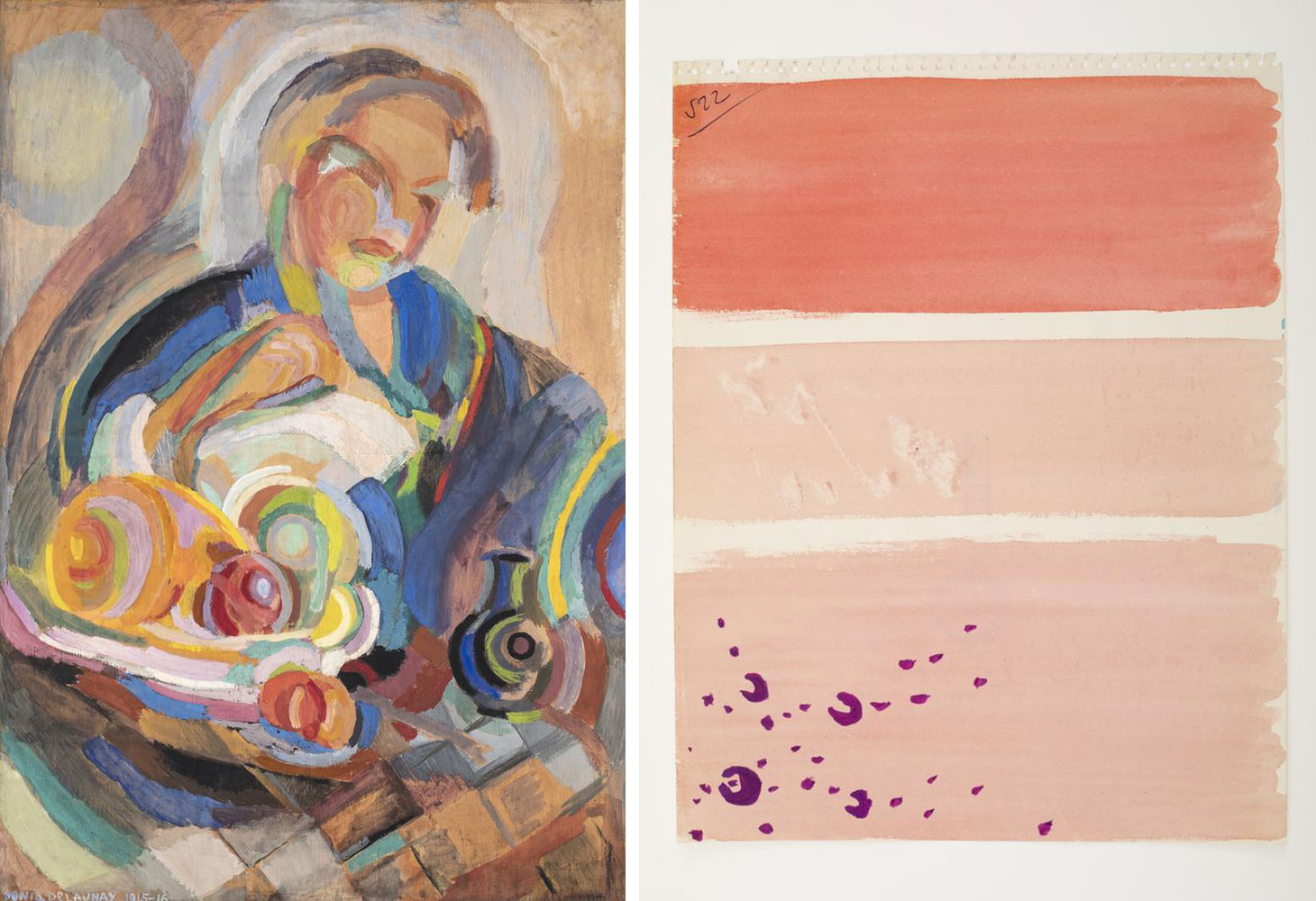
Right: Sonia Delaunay, textile design 522, undated, © Kunstmuseen Krefeld, ©, Pracusa S.A.
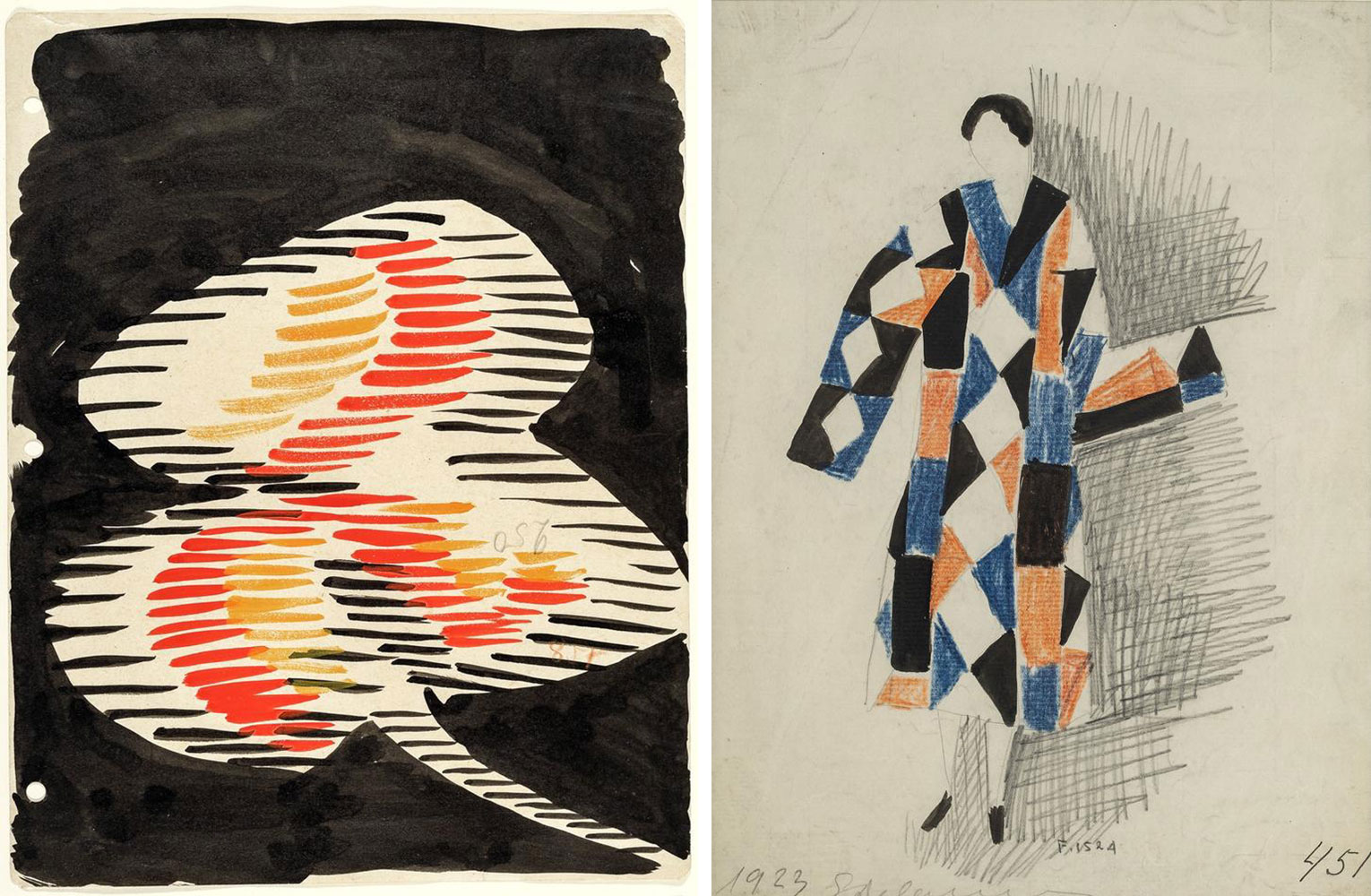
Right: Sonia Delaunay, coat design, 1923, Galerie Zlotowski, Paris, © Pracusa S.A
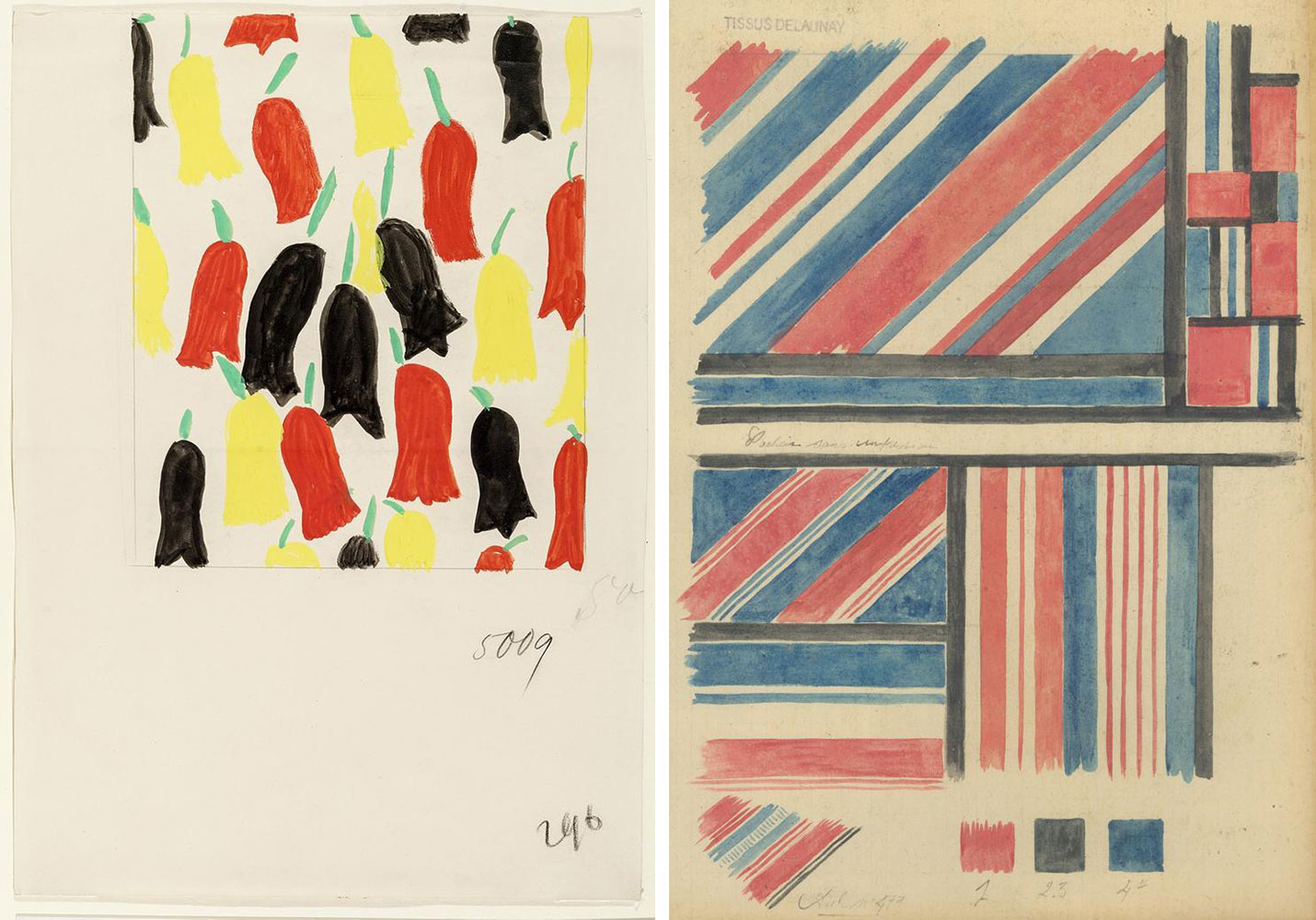
Right: Sonia Delaunay, textile design, 1929-1933, private collection, Switzerland, © Pracusa S.A
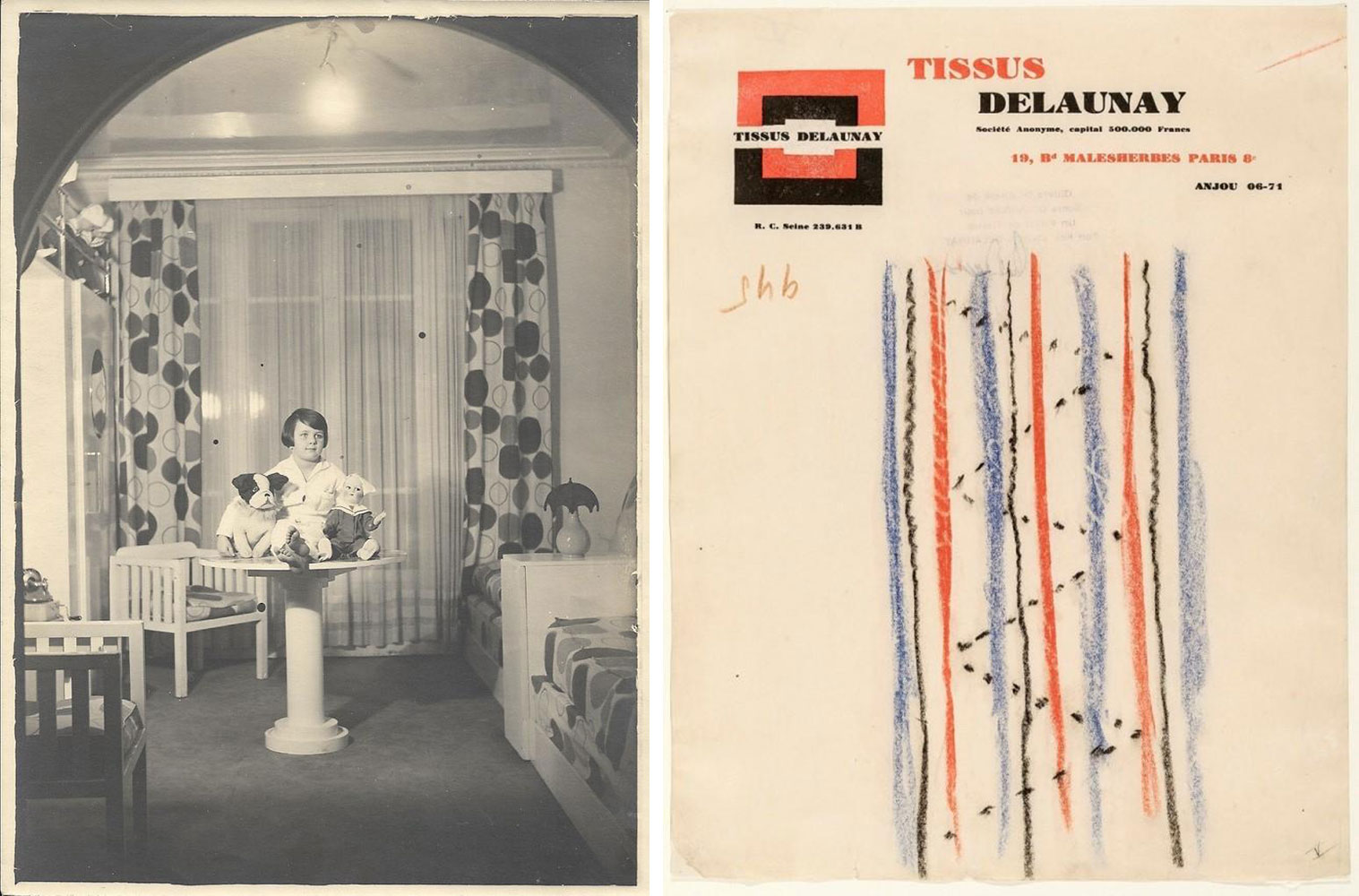
Right: Sonia Delaunay, Textile design drawing, after 1929, oil pastel on stationery from the “Tissus Delaunay” company, 31 × 25 cm, Collection of Kunstmuseen Krefeld, © Pracusa
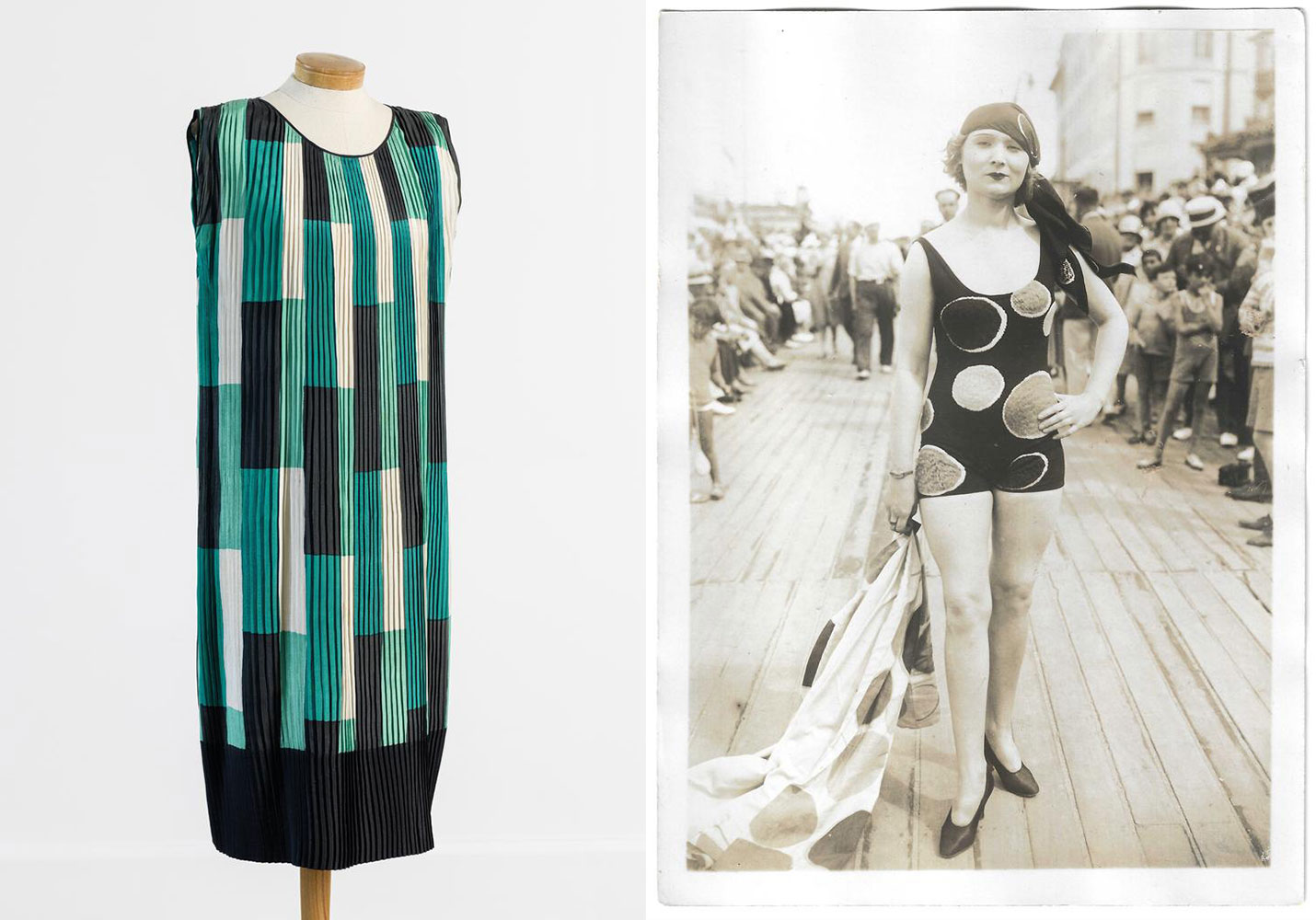
Right: Sonia Delaunay, Sonia Delaunay, textile design, 1929-1933, private collection, Switzerland, © Pracusa S.A.
